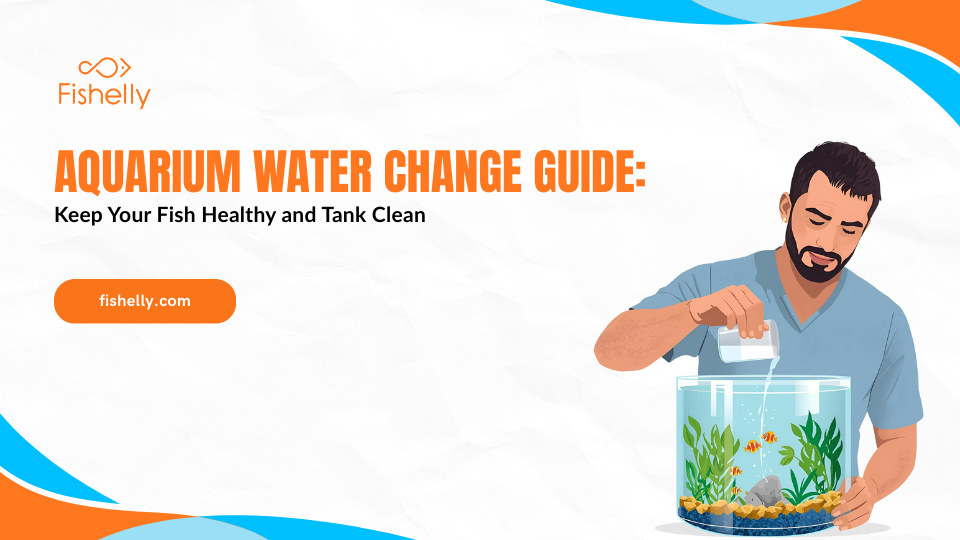Aquarium Water Change Guide: Keep Your Fish Healthy and Tank Clean
Learn how to change aquarium water safely with correct percentages, tools, seasonal tips, and step-by-step methods to keep fish healthy and stress-free.
Table of Contents
- Why Are Water Changes Important?
- Understanding Your Aquarium Size & Shape
- Must-Have Tools for Safe Water Change
- Step-By-Step: How to Change Aquarium Water Properly
- How Much Water Should You Change?
- How Seasons Affect Water Changes
- Important Things Most Hobbyists Forget
- Faq
- Conclusion
Clean, stable water is the foundation of a healthy aquarium. Whether you keep hardy livebearers like platies, guppies, and mollies or sensitive fish such as bettas, goldfish, tetras, or cichlids - regular water changes prevent toxin build-up, stabilize water chemistry, and keep fish active, colorful, and disease-free.
This guide covers everything: tank size, required accessories, seasonal changes, recommended percentages, and step-by-step instructions.
Why Are Water Changes Important?
Even with a good filter, aquariums accumulate waste over time. If not removed, these pollutants become toxic to fish.
Waste that Builds Up in Aquarium Water
Fish waste (ammonia, nitrite, nitrate): Highly toxic if accumulated.
Uneaten food: Decays and spikes ammonia levels.
Plant debris: Releases organics and clouds the water.
Substrate waste: Traps detritus and creates harmful gases.
Tannins, minerals, dissolved solids: Alter pH, hardness, and water clarity.
Benefits of Water Changes
Dilutes toxins: Keeps ammonia, nitrite, nitrate controlled.
Stabilizes pH & hardness: Prevents sudden parameter shifts.
Replenishes minerals: Supports plant growth & fish vitality.
Removes dissolved organics: Reduces filter strain.
Controls algae: Lower nutrients = slower algae growth.
Improves health: Reduces disease risk and enhances coloration, activity, and appetite.
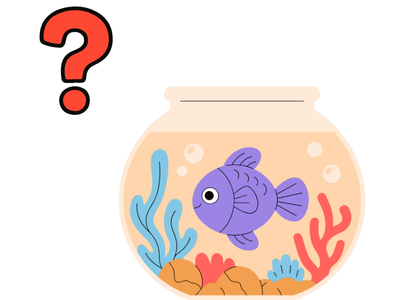
Understanding Your Aquarium Size & Shape
Different tank sizes accumulate waste at different speeds, so water-change frequency must match the tank’s capacity.
Small Aquariums (5–20 Liters)
Small tanks get dirty very quickly. Temperature also fluctuates faster, causing stress. Recommended: 25–40% weekly.

Medium Aquariums (25–100 Liters)
These tanks hold stable water parameters and are beginner-friendly. Recommended: 20–30% weekly or every 10 days.

Large Aquariums (120–300+ Liters)
They offer strong stability but need careful cleaning to preserve beneficial bacteria. Recommended: 15–25% weekly or 30–40% bi-weekly.

How Tank Shape Affects Water Quality
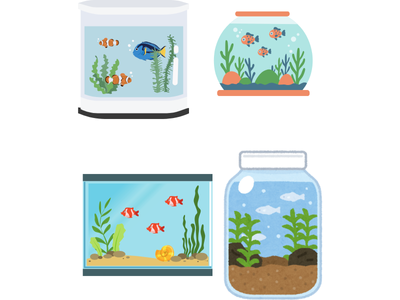
Tall tanks: Low surface area → slow oxygen exchange → require slightly more frequent cleaning.
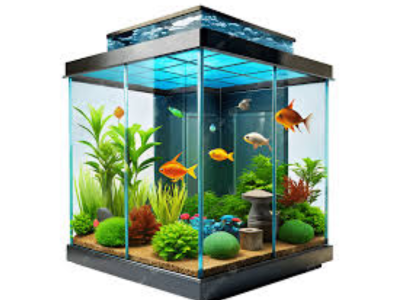
Long/wide tanks: Better gas exchange → more stable environment.
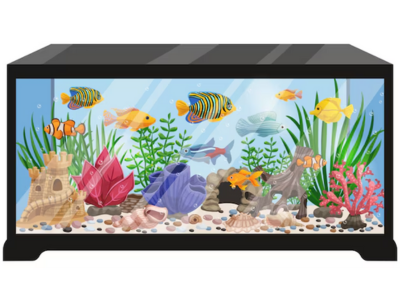
Curved/bowfront tanks: No change in frequency, but debris collects at edges.
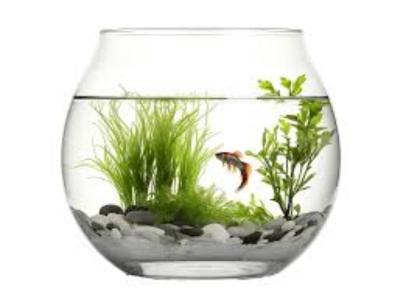
Must-Have Tools for Safe Water Change
Using the right equipment prevents stress, protects bacteria, and keeps the process smooth.
Gravel Vacuum / Siphon Pipe
Used to remove debris, fish waste, and dirty water directly from the substrate.
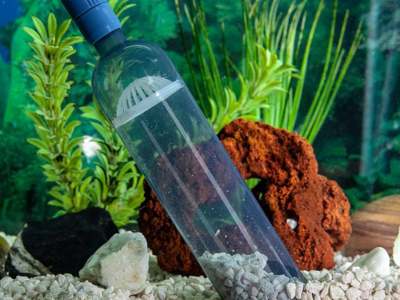
Bucket / Water Storage Drum
Use only a chemical-free, dedicated aquarium bucket.

Water Conditioner / Dechlorinator
Essential for removing chlorine and chloramine that kill fish and bacteria.
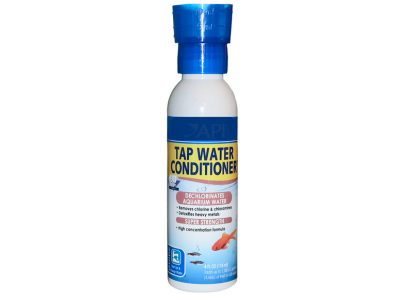
Thermometer
Ensures new water matches tank temperature.
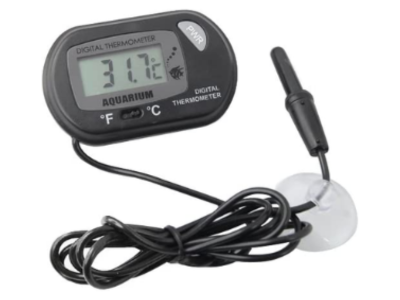
Heater (Seasonal Use)
Helpful in winter to warm replacement water.

Algae Scraper / Magnet Cleaner
Loosens algae from glass walls before siphoning.
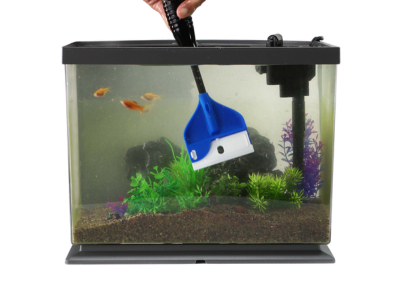
Towels & Cleaning Cloths
Prevents water spills during maintenance.

Step-By-Step: How to Change Aquarium Water Properly
Step 1: Turn Off Equipment Switch off the filter, heater, and air pump to prevent damage when water levels drop.
Step 2: Clean the Glass Use an algae scraper to loosen build-up so it can be removed during siphoning.

Step 3: Siphon Out Dirty Water Insert the gravel vacuum into the substrate and gently lift debris.Remove only the percentage recommended for your tank size.
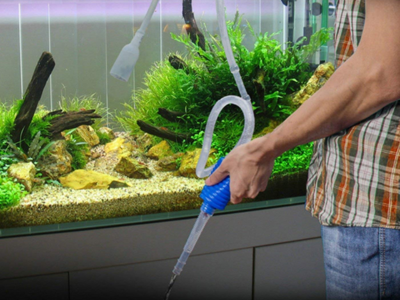
Step 4: Prepare Fresh Water
-
Let water sit for 1–3 hours OR use a conditioner instantly.
-
Match temperature within 2–3°C of the tank.
-
Adjust pH only if absolutely necessary.
Step 5: Add New Water Slowly Pour gently near the filter output to reduce stress and avoid stirring substrate.
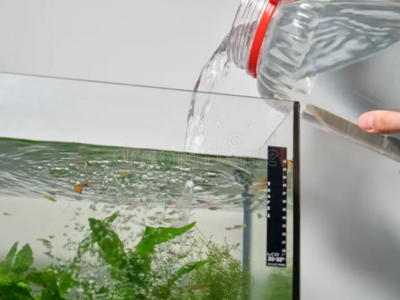
Step 6: Restart All Equipment Turn the heater and filter back on and ensure everything is running smoothly.
How Much Water Should You Change?
Here are ideal water-change percentages based on tank size, stocking level, and purpose:
Small Tanks (5–20 L): 30–40% every 3–4 days
Medium Tanks (25–100 L): 25–30% weekly
Large Tanks (120–300 L): 20–25% every 7–10 days
Heavily Stocked Tanks: 40–50% weekly (goldfish tanks included)
Planted Tanks: 20–25% weekly
Breeding/Fry Tanks: 10–15% every 2 days
How Seasons Affect Water Changes
Different seasons bring environmental changes that directly affect the water inside your tank. Understanding this helps you decide the perfect water-change percentage.
Summer Season – High Temperature Months
What happens to aquarium water in summer?
-
Water temperature rises
-
Oxygen level decreases
-
Evaporation increases rapidly
-
Food decomposes faster
-
Fish breathe more heavily
-
Ammonia builds up faster
High temperature speeds up bacterial activity, meaning waste decomposes quicker and releases more harmful chemicals.
How much water should you change in summer?
25–35% weekly → for medium/large aquariums
30–40% weekly → for small aquariums (below 40 liters)
20–25% weekly → for planted tanks
10% mid-week top-up if evaporation is high
Important summer tips:
-
Increase aeration (add air stones or raise filter output)
-
Never add ice directly to reduce temperature
-
Keep aquarium away from sunlight and heat sources
-
Top up evaporated water using dechlorinated water
-
Avoid overfeeding during heatwaves

Winter Season – Cold Months
-
What happens to aquarium water in winter?
-
Tap water temperature becomes extremely low
-
Sudden cold water addition can shock fish
-
Fish metabolism slows
-
They eat less and produce less waste
-
Bacterial activity slows down
-
Winter aquariums stay cleaner longer, but must be handled gently.
How much water should you change in winter?
20–25% weekly → for normal aquariums
15–20% weekly → for planted tanks
25–30% weekly → for heavily stocked tanks (goldfish, cichlids)
Important winter tips:
-
Warm replacement water slightly using a heater or mixing small warm water
-
Maintain stable temperature (24–28°C for tropical fish)
-
Avoid placing tank near windows or cold walls
-
Avoid changing water late night or early morning (coldest hours)
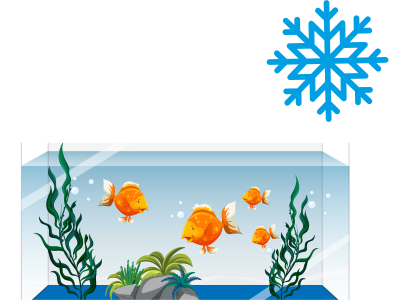
Monsoon Season – High Humidity, Changing Water Supply
What happens in the monsoon?
-
Municipal water often contains higher chlorine
-
pH fluctuates due to changing water sources
-
More impurities may enter tap water
-
Water becomes cloudy faster
-
Oxygen levels may drop due to humidity
-
Monsoon is a tricky season for aquarium hobbyists.
How much water changes in monsoon?
-
20–30% weekly for all tanks
-
15% every 5 days for sensitive fish (tetras, discus, gouramis)
-
Use dechlorinator every time (mandatory)
Important monsoon tips:
-
Test water weekly: pH, ammonia
-
Use activated carbon in filter to absorb impurities
-
If water turns cloudy, do extra 10–15% mid-week change
-
Keep tank well-aerated
-
Normal/Moderate Weather (Spring/Autumn)
Recommended water change:
-
20–30% weekly → for all tanks
-
10–15% weekly → for planted tanks
-
This is the easiest season because temperatures are stable.
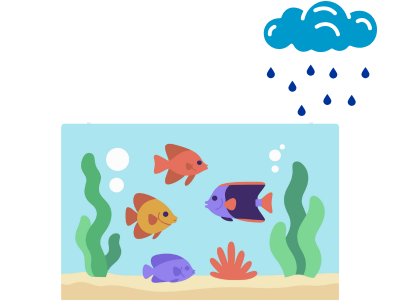
Important Things Most Hobbyists Forget
-
Never do 100% water change unless it’s an emergency.
-
Do not clean the filter on the same day as a water change.
-
Never skip water conditioner—chlorine kills beneficial bacteria.
-
Avoid feeding before water changes to reduce waste.
-
Always match water temperature, especially in winter.
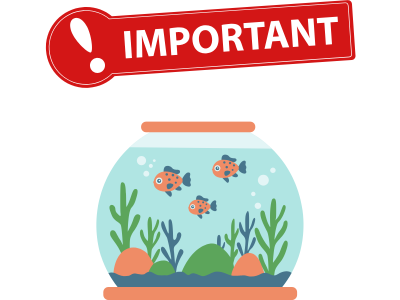
Faq
1. Why are water changes important?
They remove toxins, stabilize water parameters, and keep fish healthy.
2. How often should I change aquarium water?
Most tanks need 20–30% weekly, depending on size.
3. What tools do I need for water changes?
A siphon, bucket, water conditioner, thermometer, algae scraper, and towels.
4. Should I turn off equipment during water changes?
Yes, turn off the filter, heater, and air pump before lowering water.
5. How do I prepare new water?
Use a dechlorinator and match the temperature within 2–3°C of the tank.
6. Can I change 100% of the water?
No, it removes beneficial bacteria and shocks fish; only do it in emergencies.
7. How much water should I change in summer?
Around 25–35% weekly, because waste builds faster in heat.
8. How much water should I change in winter?
About 20–25% weekly, using slightly warmed replacement water.
9. Is tank shape important for water changes?
Yes—tall tanks need slightly more frequent changes due to low oxygen exchange.
10. Can I clean the filter on the same day as a water change?
No, wait 3–4 days to protect beneficial bacteria.
11. Does evaporation count as a water change?
No, topping up only replaces lost water, not waste.
12. When should I feed fish during water change day?
Feed after the water change, not before, to avoid extra waste.
Conclusion
A proper water-change routine is the most effective way to keep your aquarium clean, balanced, and healthy. By following correct percentages, using the right tools, adjusting for seasons, and avoiding common mistakes, you create a stable and stress-free environment where fish can thrive, show vibrant colors, and live longer.
